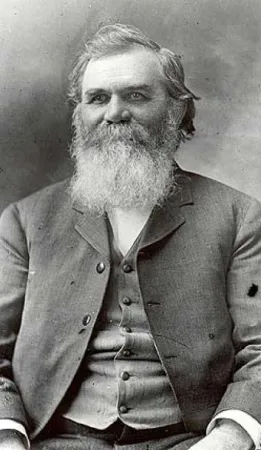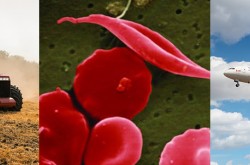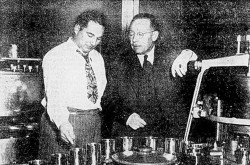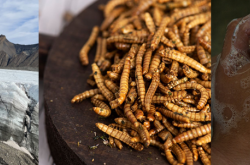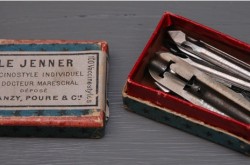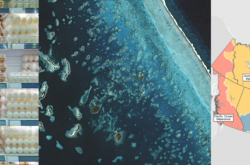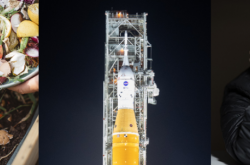A Canadian Invented Chiropractic Care
This article was originally written and submitted as part of a Canada 150 Project, the Innovation Storybook, to crowdsource stories of Canadian innovation with partners across Canada. The content has since been migrated to Ingenium’s Channel, a digital hub featuring curated content related to science, technology and innovation.
Look up the word “chiropractic” in a dictionary and you might think it was a form of medicine practiced in ancient Greece. Not so, at least not by that name. The word does come from the Greek (cheir “hand” + praktikos “practical”), but it was a Canadian who invented it. Daniel David (D.D.) Palmer was born in Port Perry, Canada West (now Ontario) in 1845. By the time he was 20, D.D. had emigrated to the U.S. where he first encountered a “magnetic healer,” one who claimed to cure illness by manipulating the aura around a sick person. D.D. eventually became a practitioner himself and began to develop his own theory about the origin and treatment of disease. What he concluded was that illness is caused by problems within the nervous system that may be cured through adjustment of the spine, neck and other skeletal parts of the body. On September 18, 1895 in his office in Davenport, Iowa, D.D. first put his theory into action. His building janitor had been hard of hearing for some 17 years. Palmer determined that the cause was related to a vertebra that was out of place. I reasoned that if that vertebra was replaced, the man’s hearing should be restored… I racked it into position… and soon the man could hear as before.
Within two years, the Palmer School and Cure had opened, and training of chiropractic practitioners began. But controversy soon followed. D.D. was charged for practising medicine without a licence, spent 23 days in jail and had to pay a $350 fine. This was the beginning of an ongoing struggle for acceptance of chiropractic as a viable system of healing that to some extent continues today. Although chiropractic has grown to be the third largest primary health care profession in North America, chiropractors had to wait 66 years before being given the legal right in Canada to call themselves doctors.



